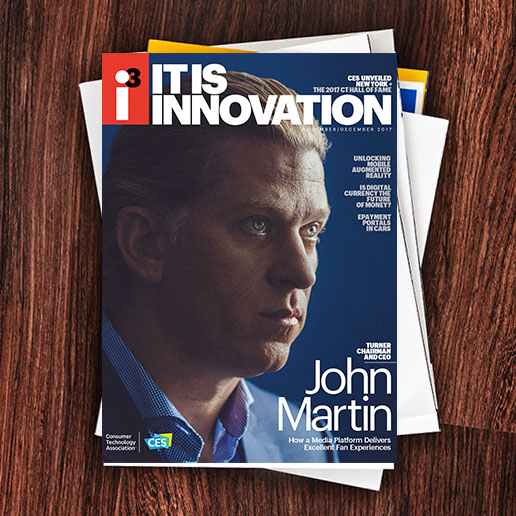1. Don’t market or promote solutions directly. Instead, tell bigger-picture stories that create an emotional connection and sense of urgency that others can rally behind.
2. Keep messaging short, sweet and simple. Capture audience attention, and convey one to three key points within the first 10 seconds — recent tests by Facebook reveal that six seconds is ideal.
3. Lead with a strong, compelling and well-differentiated hook. Whether using humor or heartwarming elements to tell your tale, set yourself apart.
4. Use visual elements, such as videos, animations and infographics, to summarize complex topics. Audiences respond better to graphical components than text and will more accurately recall facts presented visually.
5. Design messaging to suit the medium. A one-size-fits-all approach should not apply. Communications should be tailored to each distinct channel (Instagram, Twitter, Facebook, etc.).
6. Take a closer look at strategic ROI. How can your social media strategy support your larger goals?
7. Set tangible measurements to gauge a program’s impact. Are you trying to drive webpage views, increase your number of leads or close more deals?
8. Remember that numbers aren’t everything. Effectiveness is also gauged in terms of how often conversation topics trend, how audiences respond to messages and how much goodwill you are generating for your brand. Focus on driving and sustaining audience engagement — not just boosting fans or followers.
9. To better connect with others, shift the focus from strictly selling solutions to creating value. Help your audience solve their pain points — including ways to save them time, effort and energy. Employ the 60/20/20 rule online: spend 60 percent of time engaging your audience; spend 20 percent sharing content your audience will care about; and spend 20 percent talking about your brand.
10. To more effectively rally a following, position yourself as a thought leader. Be the source your audience goes to for industry information so they return for more.
Successfully advertising and promoting consumer technology products and services to customers is far more simple and affordable when you reconsider how you drive conversation around solutions. The key is to and more effective ways to capture attention, connect and inspire your customers to take action by telling better stories. The more successful you are as a brand marketer at telling a poignant tale to prospective or repeat buyers, and the better you are at creating an emotional connection, the greater your return on mobile, social and online campaigns will be.

i3, the flagship magazine from the Consumer Technology Association (CTA)®, focuses on innovation in technology, policy and business as well as the entrepreneurs, industry leaders and startups that grow the consumer technology industry. Subscriptions to i3 are available free to qualified participants in the consumer electronics industry.